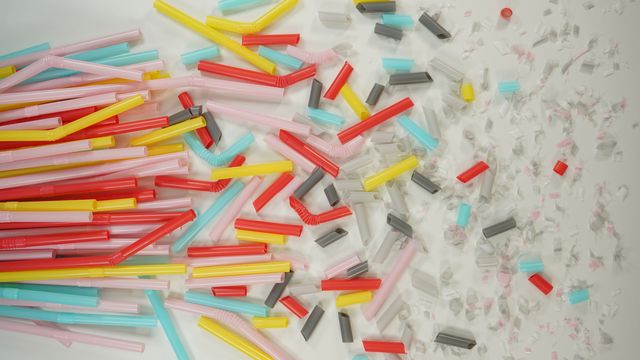Source article originally published on
Article Summary and/or Excerpt:
Plastics are among the most ubiquitous manmade materials— we wear them, build with them, play with them, ship goods in them, and then we throw them into the waste stream. Ultimately, they can break down into tiny particles that get into our food supply, and we end up eating them.
These particles can range from about the size of pollen (microplastics) down to a fraction of the size of a virus (nanoplastics), and they have penetrated water supplies, agricultural soil beds, and natural and domestic food chains.
Knowledge of the effects of ingesting microplastics and nanoplastics has been limited by their ubiquitous nature—making it difficult to find populations of unaffected individuals to act as control groups—and the lack of relevant laboratory models for studying the particles’ effects on cells. In a study published in Nanomedicine, researchers at Tufts University School of Engineering have found potential inflammatory effects of plastic particles using human intestinal organoids — small bundles of tissue made from a mix of human cells obtained from biopsies that mimic the complexity of an actual intestinal environment.
Notably, the researchers found that higher concentrations of plastic particles triggered the secretion of inflammatory molecules linked to human inflammatory bowel disease (IBD).
Earlier clinical studies have found plastics accumulated in different tissues of living organisms, including the digestive tract, blood, liver, pancreas, heart, and even the brain. The most likely first point of entry is through the intestine. Studies on rats and other animals have found that while microplastics and nanoplastics may accumulate in the intestine and other tissues, there are conflicting results on toxic effects or inflammation, which may depend on particle size, length of exposure, and pre-existing conditions. Controversy remains as to whether there are any toxicological effects on humans, as results in animal studies don’t always track with human outcomes.
